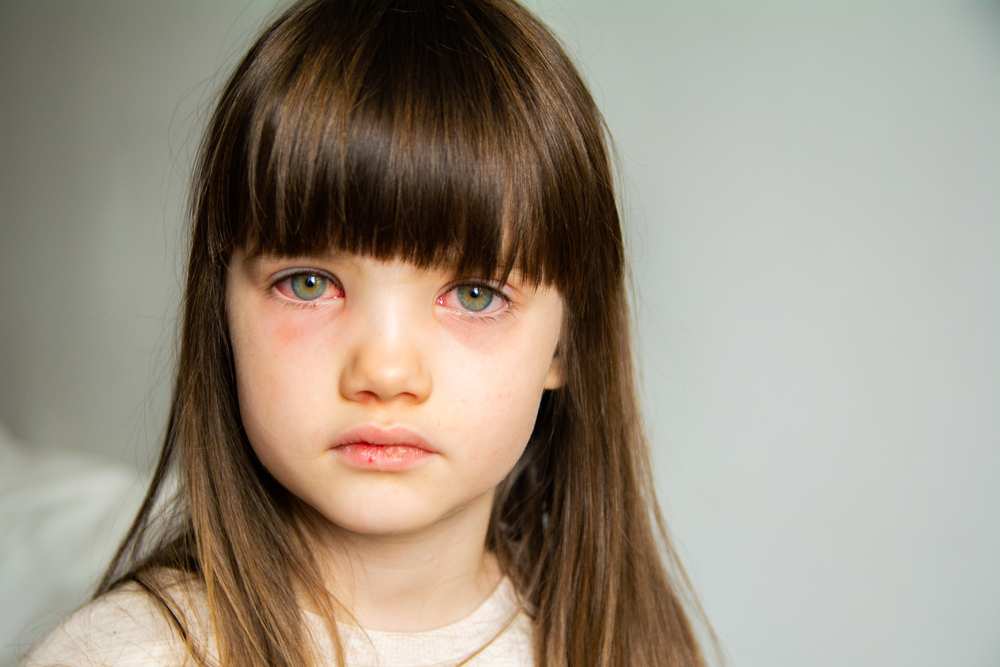
Pink eye is a common eye infection that causes inflammation of the conjunctiva, the thin clear tissue that covers the white part of the eye and lines the inside of the eyelid. This condition can be caused by a variety of factors, including viruses, bacteria, allergies, and irritants. Pink eye is highly contagious and can spread easily from person to person through direct contact with infected eyes or contaminated objects.
What Causes Pink Eye?
Pink eye can be caused by different factors, and the specific cause will determine the appropriate treatment. Viral conjunctivitis is the most common form of pink eye and is typically caused by the same viruses that cause the common cold. Bacterial conjunctivitis is caused by bacteria and often occurs as a secondary infection following a respiratory infection or a viral conjunctivitis. Allergic conjunctivitis occurs when the conjunctiva becomes inflamed due to an allergic reaction to substances such as pollen, dust mites, or pet dander. Irritant conjunctivitis can be caused by exposure to irritants like chemicals, smoke, or foreign objects.
Symptoms of Pink Eye
Pink eye can cause a range of symptoms, and the severity may vary depending on the cause. The most common symptoms include redness and swelling of the conjunctiva, itching or a gritty sensation in the eyes, increased tearing, discharge from the eyes that may be watery or thick and yellowish, sensitivity to light, and blurred vision. In viral conjunctivitis, the symptoms often start in one eye and then spread to the other eye within a few days. Bacterial conjunctivitis, on the other hand, usually affects both eyes from the beginning.
Quick Solutions for Pink Eye Relief
While pink eye can be uncomfortable and irritating, there are several quick solutions that can help alleviate the symptoms and promote healing. Applying a warm compress to the affected eye can help reduce redness and swelling. Over-the-counter lubricating eye drops or artificial tears can provide temporary relief from dryness and irritation. However, it is essential to avoid using eye drops that contain vasoconstrictors, as they can worsen the symptoms. If the pink eye is caused by allergies, antihistamine eye drops or oral antihistamines may be recommended. It is important to read and follow the instructions carefully when using any eye drops or medications.
When to See an Eye Doctor for Pink Eye
While most cases of pink eye can be treated at home with over-the-counter remedies, there are situations where it is necessary to seek medical attention. If the symptoms worsen or do not improve after a few days of self-treatment, it is advisable to consult an eye doctor. Additionally, if you experience severe pain, sensitivity to light, blurred vision, or a thick yellow or green discharge from the eyes, it is important to seek immediate medical attention. These symptoms may indicate a more serious infection or a complication that requires professional evaluation and treatment.
Navigating Pink Eye with the Help of Manheim Family Eye Care
By understanding the causes, symptoms, and prevention methods, you can take proactive steps to protect yourself and prevent the spread of the infection. In most cases, pink eye can be managed with simple home remedies and over-the-counter treatments. However, it is important to consult an eye doctor if the symptoms persist or worsen. By following these quick solutions and seeking appropriate medical care when needed, you can find relief and ensure a speedy recovery from pink eye.
For further guidance on how to treat pink eye, visit Manheim Family Eye Care at our office in Manheim, Pennsylvania. Please call (717) 423-8400 to schedule an appointment today.








